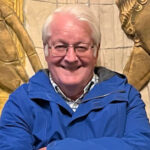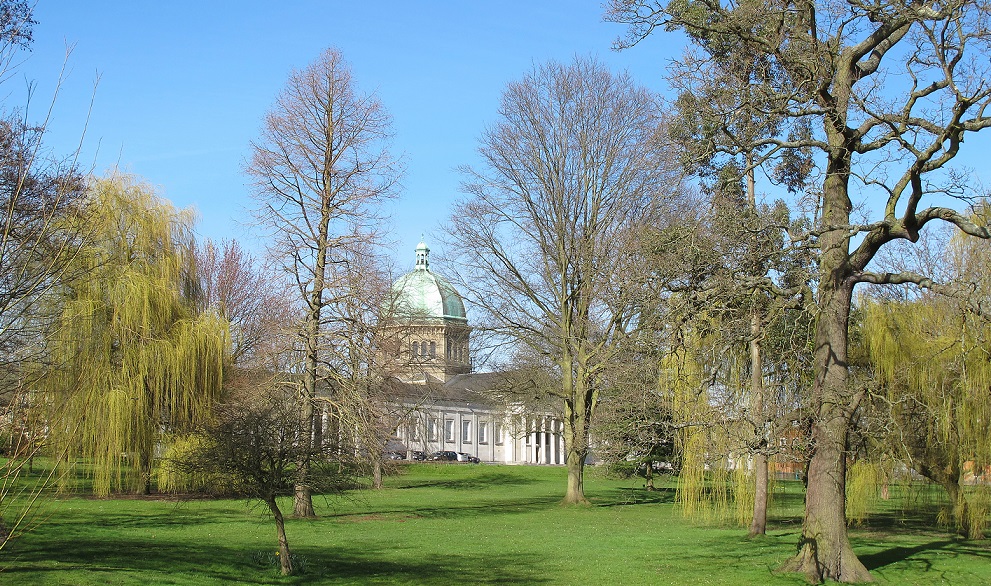
Summary
Haileybury was established in 1862 on the site of the former East India College, whose quadrangle – “the Quad” – it still occupies today.
In 1942, the School merged with the Imperial Service College (which itself had merged with the United Services College in 1906) to become Haileybury and Imperial Service College.
Today, Haileybury is an inclusive and progressive educational establishment, educating boys and girls from all over the world.
Early days of Haileybury
In 1805, the Directors of the East India Company purchased land and the ancient Hailey Bury (or manor house) near Hailey in Hertfordshire for £5000 to build a new College for the development of young men destined for service in India.
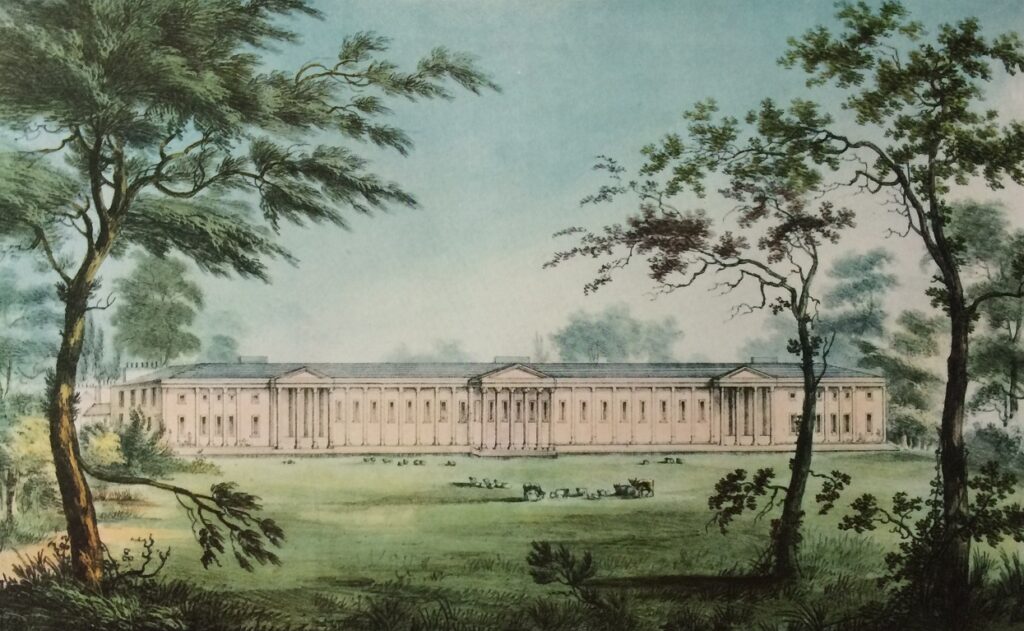
Retaining the original Bury (now Hailey House), architect William Wilkins (who later designed London’s National Gallery), scoped out a great quadrangle with a classical terrace. This was opened in 1809 and attracted some of the major scholars of the day, including Thomas Malthus.
However, following an Act of Parliament in 1855 and the events surrounding the Indian Mutiny of 1857 (also known as the First War of Indepedence), the government of India was taken over by the British Crown and in January 1858 the East India College was closed down for good.
1862 and the establishment of Haileybury
For a few years, the buildings stood empty but, through the enterprise of several county gentlement and the energy of local printer Stephen Austin, the buildings were successfully converted into a boys’ boarding school under the leadership of the visionary Arthur Gray Butler.
This new Haileybury had no connection to the old College and was a different school in every way, creating pupils with a particular dedication to service and with a strong moral compass. Its dramatic Chapel, built in the 1870s and dominating the site, reflects its profound moral ethos even today.
The Imperial Service College
During the early days of WW2, the number of boys it was able to attract fell rapidly and Haileybury merged with the Imperial Service College in 1942. Based at Windsor, the ISC had educated boys destined for service in the army and navy and was itself the product of an earlier merger with the United Services College in Devon, the former school of Rudyard Kipling.
Following the merger, the ISC was closed down and its pupils moved to Haileybury, being placed in Le Bas (now Kipling) House and Lawrence House. The school became known as Haileybury and Imperial Service College.
In WW1 and WW2, over 800 former pupils of Haileybury, the ISC and the USC died in the service of their country. Details can be found on our Roll of Honour here.
Haileybury today
Since 1942, Haileybury has progressed to be a leading and inclusive school. Most famously the alma mater of Clement Attlee, who did so much to change the face of modern Britain, the school continues to develop and progress. In the 1970s, girls were first admitted to the school and now form 50% of its intake each year.
Today, Haileybury attracts boys and girls of all races and creeds from right around the world, including Africa, Asia, China, Europe, Russia and elsewhere and has two satellite schools in Kazakhstan.
In its commitment to a fairer and more tolerant world and creating pupils in that mould, Haileybury today continues to shape the world and make it a better place for all.
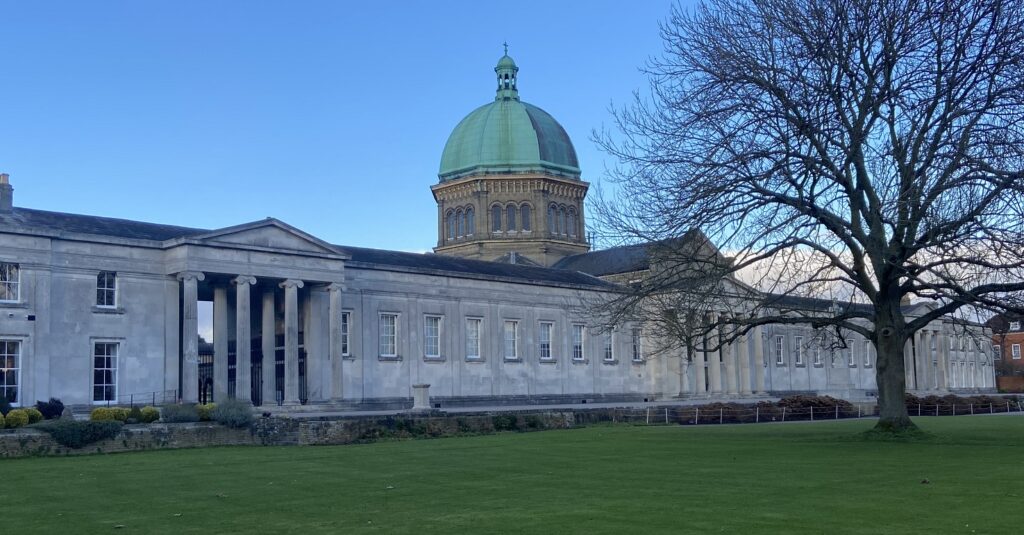
- Oscar Lock (BF 13)
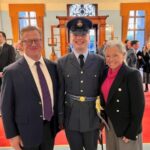
- Haileybury Connections In Uganda

- Now Published – The Haileybury Society Annual Report 2025

- Haileybury Rackets – A Proud Sporting Heritage
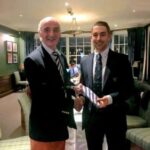
- William Miller (H 65)

- Annual General Meeting 2025 – A Successful Gathering at the RAF Club

Unless otherwise stated, all content and images on this website and blog © The Haileybury Society, 2024, all rights reserved

